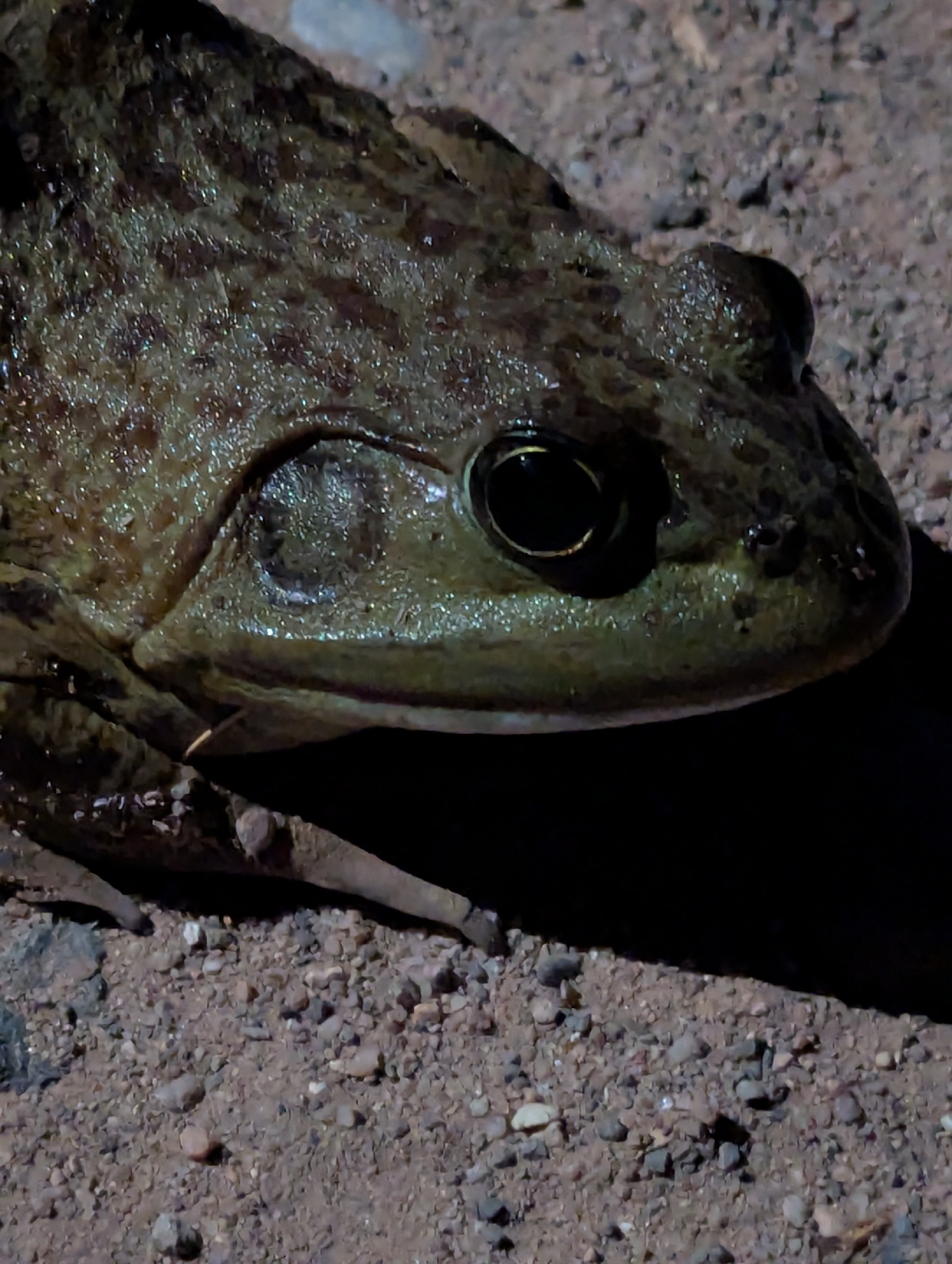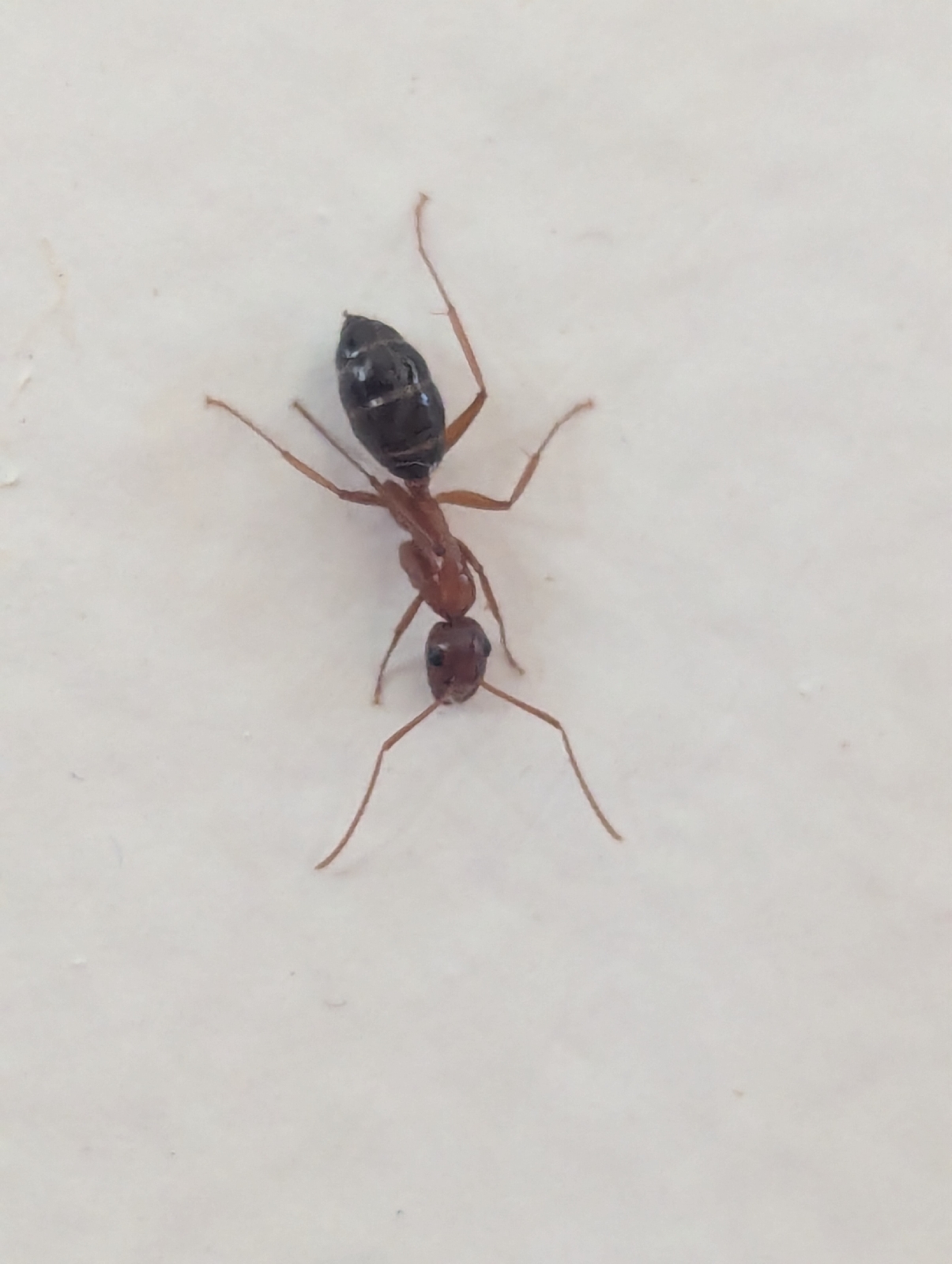Even though the weather is acting up, late April is the time when "gardening" begins for most home owners and farmers. The soil temperature is increased and the humidity has risen. Many people will have noticed the increase in insects. Likely this was not with the attitude of awe that they deserved.
A common isopod is a good example of why things need to examined closer. This creature is not quite an insect, but a relative of the crustaceans of the sea and first evolved 400 million years ago. This particular species (heavy, and able to roll into a ball) arrived from Europe around the 1500's. It quickly became the dominant isopod. Most other species are more fragile, living in specialized niches, such as the Socorro Isopod, found in only one thermal spring in Socorro, NM. The biggest isopod is found ,much like its ancestors around 3,000 feet down in the sea off the gulf of Mexico and can weigh up to 3.5 lbs.
Insects had learned to fly by about 350 MYA, vasty increasing the ecological niches they could occupy. One of the first niches was learning how to digest and burrow into wood with the aid of symbiosis with fungi, bacteria and protists. Every spring the first warm, humid day brings out flying termites. These are not as fearsome as many pest control companies would have you believe.
Insect hatchings drive many animals to risk an early foray into the unknown. The cold air at night still makes the amphibians slow, but the drive to feed and mate allowed this female bullfrog the impetus to try to gain some residual daytime heat from the denuded dirt roadway on Andrew's Lane.
Mayflies are relished by any fish and bird able to catch them. While they are not particularly nutritious, their large numbers and ease of capture makes them very sought after by many small animals. They can often be found in the early morning resting on the stucco of people's houses.
AS the weather warms up many problems come to the fore that residents of Corrales often forget about. The acequias need constant, but also low grade maintenance and are sadly in desperate need of saving. Each year more and more of them are filled in and abandoned due to many reasons. The permanent loss of the Siphon of Corrales is really more of a symptom than an actual cause of the decline of this communal web-way of water courses that used to bind the people to the land.
We use the land differently now, and what used to be a source of flood protection is now a traffic hazard for the unwary. Sadly, there are many in Corrales who don't see anything bad about paving over this area and installing pipes for irrigation control, fire prevention, and other neighborhood damaging infrastructure projects that bring in cash for the village or residents.
Lizards in the bosque don't attain the impressive size, colors and jaw muscles of the desert species, but they are out there in impressive numbers. They take advantage of the solar rays to improve their digestion of the small insects. Not many are in a mating mood yet, but the early lizard still gets the best basking spots.
Common carp prefer to spawn in clear, shallow pools that have only just formed from lateral irrigation drainage from the farm fields. After swimming in from the Rio Grande, they migrate to the shallow pools that have only just become submerged as soon s the water covers the vegetation. Each gravid female is attended by several males who stand guard to fertile the eggs as they are released.
Dandelions are modern miracles of plant evolution. They reproduce by apomixis. They clone themselves and rapidly repopulate an area as soon as they can produce seeds. They are 100% indestructible yet people keep trying.
It's hard to believe, but people actually want to fly-fish for carp. It makes sense if you like a good fighting fish that is challenging to interest and also to land. I still have some trouble wrapping my head around the concept of fishing, however. Especially as so few people in New Mexico seem to like eating local fish.
Some time around 400 MYA these sun spiders separated from true arachnids and scorpions. Today they are arid systems specialists, using heavy jaws to catch prey rather than webs or poison fangs.
Earwigs are fascinating insects that can actually pincer with those two projections at the end, just not very well. They were more often found in houses when wallpaper and the edible wall paper paste existed. The pincers on this female are straight, but also asymmetrical, which is unusual in the insect world. You can also see the wing casings over the back, but they don't like to fly.
Its one of the odd thoughts about humans that we like a plant that is vigorous and healthy, until we don't. Siberian elms are a perfect shade tree. Tough, adaptable and easy to grow. They were deliberately introduced for exactly these reasons. They are also prolific and usually considered a weed for exactly the same reason. This one is growing up through a tiny crack in the concrete, and even if pulled up, the chances are good that the sapling will resprout. Already the seeds of the next generation are about to sprout in the damp soil.
This poppy is growing through the asphalt in Albuquerque, it is a remarkably prolific and useful domesticated plant. Used as a source of drugs as well as food. They are a common emblem for war grief due to appearing in many Belgium muddy fields. No one gives the dandelion as much credit.
The cross flower (or blue mustard) is only out for a short time and very inconspicuous, except for the smell of...well, it seems to be different for different people. I think it is subtle and sweet, but others think it is strong and foully pungent.
An easy way to tell how long a bird has been in an areas is to see how shy it is. This night heron is recently arrived and seems to be a bit hesitant in coming down from the trees to fish. They usually prefer to come out in the late evening, so this also explains the behavior.
Wood ducks are beautiful little birds with anxious personalities. In spite of their appearance they are less stately and more "anxious chihuahua" especially when you hear their worried squeaks.
The ditches in Corrales are quite amazing. The still, deeper water (>1 foot) and the shallow (0-5 inches) tangled water plant roots are completely different habitats and contain totally different species of plants and animals. Littoral areas are shallow, deeper areas are called limnetic and are rarer in our ditches.
Anyone noticed that the insects in the city are very different in numbers from those in the country? Cockroaches exist, but lead a much more precarious existence and are far fewer. This is not due to humans killing them, but because of the many predators like lizards and sometimes hawks and mice that will snack on them. With all these predators removed from the city by people, many cockroaches thrive well in concrete and steel pipes in the dark and dank corners.
Small ants also thrive better in the city, mostly due to their diet of basically anything humans eat. There are many more carpenter ants in Corrales and they can be seen carrying the many seeds from cottonwoods and elms that are blowing around right now. In the summer they often switch to feeding on insects, like beetles and grasshoppers.
Vultures and hummingbirds are arriving in Corrales now. The turkey vultures are probably heading on soon, but the hummingbirds might stick around a little longer. Neither species is a big fan of flying in the rain, but are able to well enough.
Other birds stick around. This is a poor picture of the red shouldered blackbird, found wherever there is shallow ponds and cattails. They have distinctive trills, but the females are well hidden in the reeds. Tall trees help these birds announce their claim to territory and prevent costly misunderstandings.
Gardening is a costly territorial effort to control the fate of a whole ecosystem in miniature. Sometimes to learn about the whole, other times as a vanity.
In both cases it is not a bad thing, while your fingers are in the damp dirt, to think about all those things and creatures that went before, to allow you the luxury of this illusion of control.





















